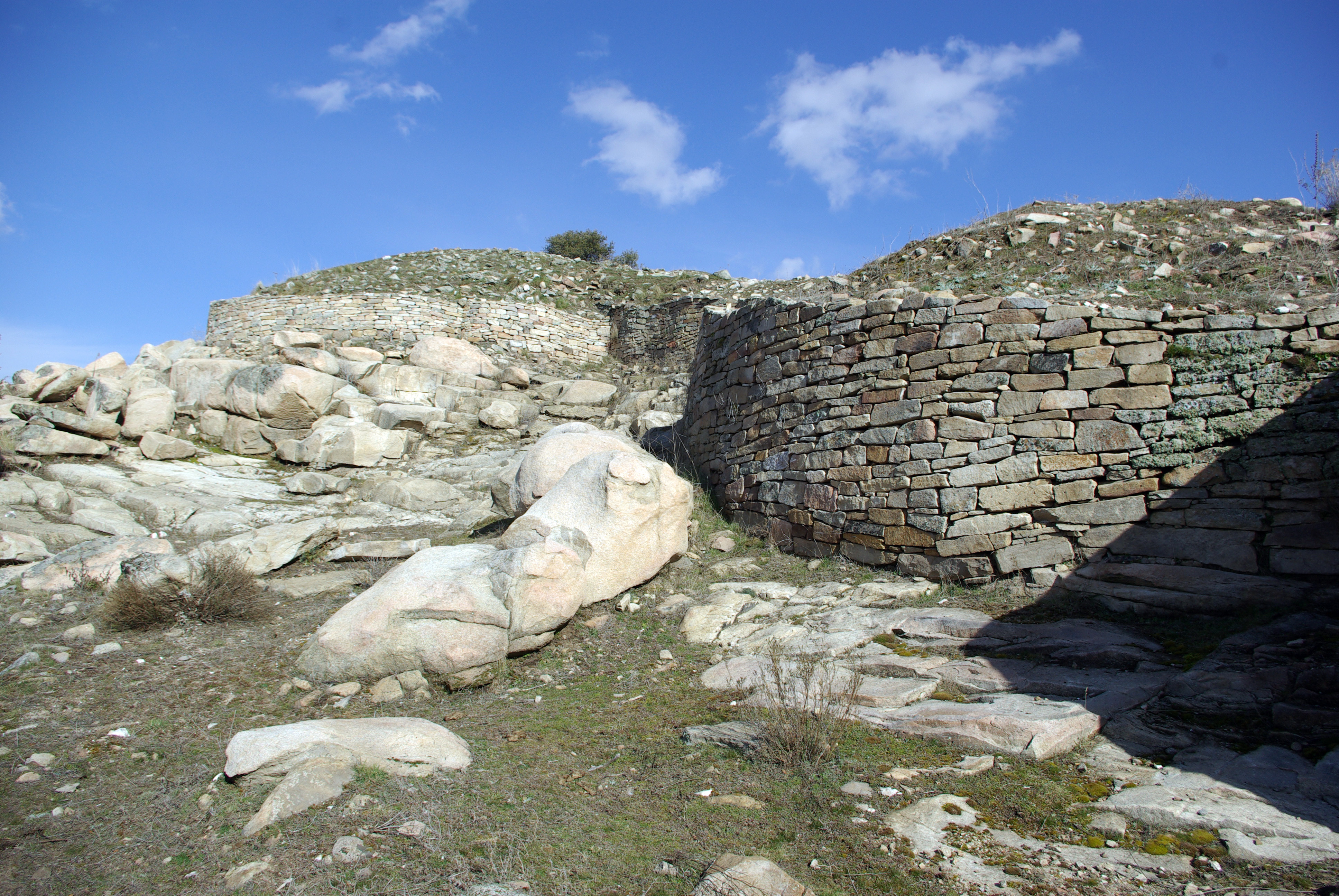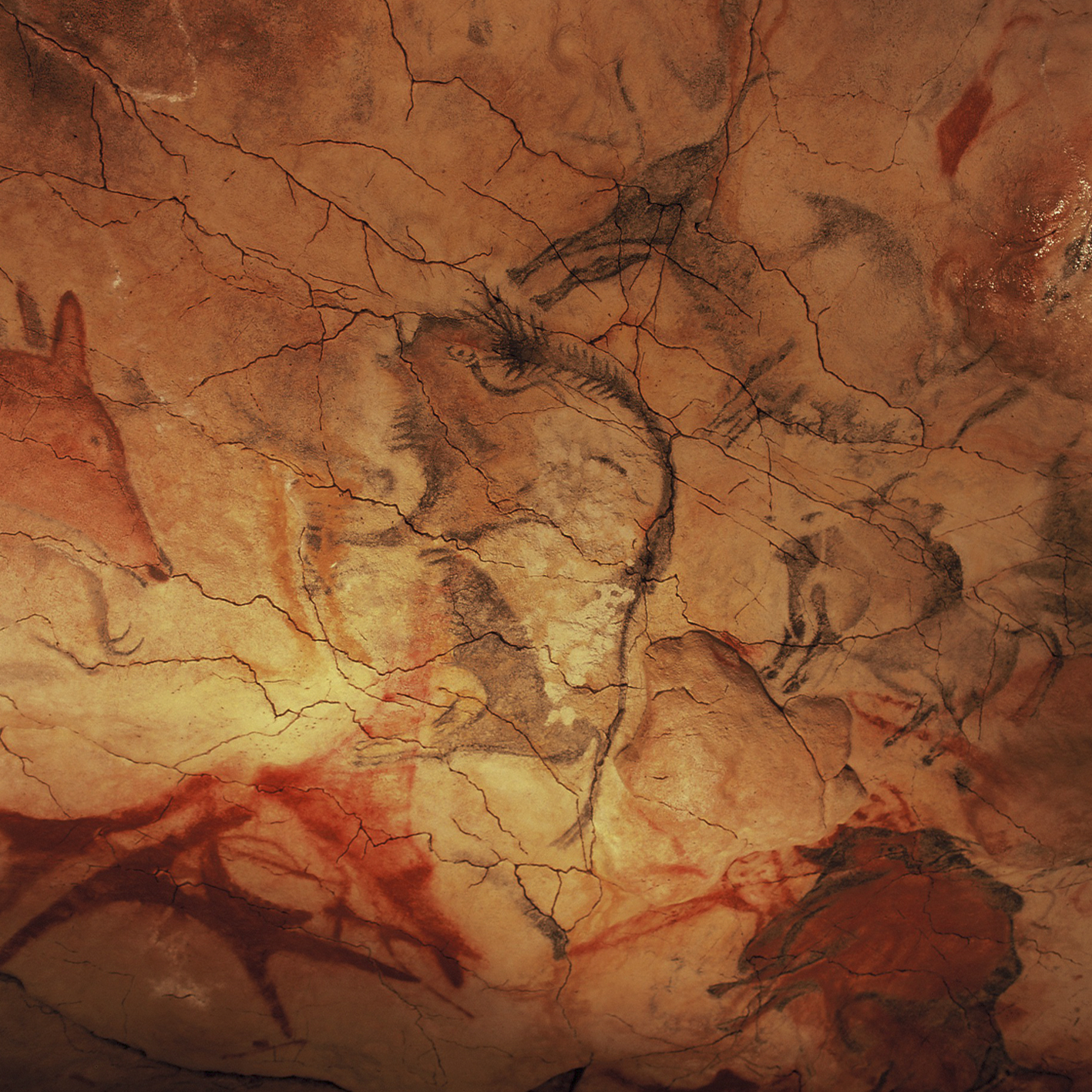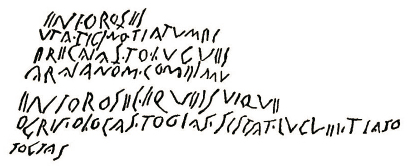|
Vettones
The Vettones (Greek language, Greek: ''Ouettones'') were an Prehistoric Iberia#Iron Age, Iron Age pre-Roman people of the Iberian Peninsula. Origins Lujan (2007) concludes that some of the names of the Vettones show clearly Hispano-Celtic language, western Hispano-Celtic features. Reissued in 2012 in softcover as . A Celtiberians, Celtiberian origin has also been claimed. Organized since the 3rd Century BC, the Vettones formed a tribal confederacy of undetermined strength. Even though their tribes' names are obscure, the study of local epigraphic evidence has identified the Calontienses, Coerenses, Caluri, Bletonesii and Seanoci, but the others remain unknown. Culture A predominately horse- and cattle-herder people that practiced transhumance, archeology has identified them with the local 2nd Prehistoric Iberia#Iron Age, Iron Age ‘Cogotas II’ Culture, also known as the ‘Culture of the Verracos’ (''Verraco, verracos de piedra''), named after the crude granite sculptur ... [...More Info...] [...Related Items...] OR: [Wikipedia] [Google] [Baidu] |
Las Cogotas
Las Cogotas () is an archaeological site in Spain in Cardenosa municipality, province of Avila. The site was researched by the Galician archaeologist Juan Cabré in 1920s. It is namesake for two different archaeological cultures known from this site: Cogotas I (pre-Celtic) of the Late Bronze Age and Cogotas II (most probably Celtic) of the Iron Age. The latter is known from the upper layer of Las Cogotas, which represents a classical settlement of Vettones, which inhabited the territory of modern provinces of Avila and Salamanca, as well as parts of Toledo, Zamora, Cáceres and Tras-os-Montes in Portugal. Protocogotas culture This stage of the Meseta history is the least known, although a series of archeological sites, such as ''Los Tolmos de Caracena'' in Soria, Cogeces del Monte in Valladolid, Abia de la Obispalia in Cuenca, and some others, allow to describe Protocogotas culture as a formation stage of Cogotas I culture. This culture, which existed around 1700� ... [...More Info...] [...Related Items...] OR: [Wikipedia] [Google] [Baidu] |
Verraco
The ''verracos'' (; ; literally 'boar'), in the Iberian Peninsula, are the Vettones's granite megalithic monuments, sculptures of animals as found in the west of the Iberian Peninsula, Iberian ''Meseta Central, meseta'' – the high central plain of the Iberian Peninsula – in the Spain, Spanish provinces of Ávila (province), Ávila, Salamanca (province), Salamanca, Segovia (province), Segovia, Zamora (province), Zamora, Cáceres (province), Cáceres, Province of Ourense, Ourense and the Portugal, Portuguese provinces of Beira Baixa (intermunicipal community), Beira Baixa, Beiras e Serra da Estrela, Douro (intermunicipal community), Douro and Terras de Trás-os-Montes. Over 400 ''verracos'' have been identified. The Spanish word ''verraco'' normally refers to boars, and the sculptures are sometimes called ''verracos de piedra'' (pigs of stone) to distinguish them from live animals. The stone verracos appear to represent not only pigs but also other animals. Some have been iden ... [...More Info...] [...Related Items...] OR: [Wikipedia] [Google] [Baidu] |
Bletonesii
The Bletonesii were one of the pre-Roman Celtic peoples of the Iberian Peninsula (the Roman Hispania, modern Spain and Portugal), dwelling around the city of ''Bletisa'' or ''Bletisama'', located in modern Ledesma in the province of Salamanca, Spain. If the placement in Bletisa is correct, they lived near (or they were part of) the Vettones. A hospitality token dated to AD 27 mentions the "senate and people of Bletisama," and the name ''Bletonesii'' as found in Plutarch may be equivalent to the Bletisamenses found in inscriptions. Religious practice According to Plutarch, the governing Romans learned that the Bletonesii had sacrificed a human to the gods, and called their leaders to account for this action. The leaders explained that the sacrifice was carried out in accordance with the law and custom of their people, a concept for which Plutarch uses the Greek word ''nomos'', equivalent to Roman '' mos''. This explanation was accepted, since the Romans themselves had carried out h ... [...More Info...] [...Related Items...] OR: [Wikipedia] [Google] [Baidu] |
Prehistoric Iberia
Prehistory in the Iberian Peninsula, Iberian peninsula begins with the arrival of the first ''Homo'' genus representatives from Africa, which may range from 1.5 million years (Year#SI prefix multipliers, Ma) ago to 1.25 Ma ago, depending on the Archaeological science#Dating techniques, dating technique employed, so it is set at 1.3 Ma ago for convenience. The end of Iberian prehistory coincides with the first entrance of the Roman people, Roman army into the peninsula, in 218 Before Christ, BC, which led to the progressive dissolution of Pre-Roman People of the Iberian Peninsula, pre-Roman peoples in Roman culture. This end date is also conventional, since Paleohispanic scripts, pre-Roman writing systems can be traced to as early as 5th century BC. Overview Prehistory in Iberia spans around 60% of the Quaternary, with written history occupying just 0.08%. For the rest 40%, it was uninhabited by humans. The Pleistocene, first Geologic time scale#Divisions of geologic time, ... [...More Info...] [...Related Items...] OR: [Wikipedia] [Google] [Baidu] |
Hispano-Celtic Language
Hispano-Celtic is a term for all forms of Celtic spoken in the Iberian Peninsula before the arrival of the Romans (c. 218 BC, during the Second Punic War). In particular, it includes: * A northeastern inland language attested at a relatively late date in the extensive corpus of Celtiberian. This variety, which Jordán Cólera proposed to name '' Northeastern Hispano-Celtic'', has long been synonymous with the term ''Hispano-Celtic'' and is universally accepted as Celtic. * A language in the northwest corner of the peninsula, with a northern and western boundary marked by the Atlantic Ocean, a southern boundary along the river Douro, and an eastern boundary marked by Oviedo, which Jordán Cólera has proposed to call '' Northwestern Hispano-Celtic'', where there is a corpus of Latin inscriptions containing isolated words and sentences that are clearly Celtic. Western Hispano-Celtic continuum hypothesis ''Western Hispano-Celtic'' is a term that has been proposed for a dialect ... [...More Info...] [...Related Items...] OR: [Wikipedia] [Google] [Baidu] |
Wild Boar
The wild boar (''Sus scrofa''), also known as the wild swine, common wild pig, Eurasian wild pig, or simply wild pig, is a Suidae, suid native to much of Eurasia and North Africa, and has been introduced to the Americas and Oceania. The species is now one of the widest-ranging mammals in the world, as well as the most widespread Suina, suiform. It has been assessed as least concern on the IUCN Red List due to its wide range, high numbers, and adaptability to a diversity of habitats. It has become an invasive species in part of its introduced range. Wild boars probably originated in Southeast Asia during the Early Pleistocene and outcompeted other suid species as they spread throughout the Old World. , up to 16 subspecies are recognized, which are divided into four regional groupings based on skull height and lacrimal bone length. The species lives in matriarchal societies consisting of interrelated females and their young (both male and female). Fully grown males are usually s ... [...More Info...] [...Related Items...] OR: [Wikipedia] [Google] [Baidu] |
Bull
A bull is an intact (i.e., not Castration, castrated) adult male of the species ''Bos taurus'' (cattle). More muscular and aggressive than the females of the same species (i.e. cows proper), bulls have long been an important symbol cattle in religion and mythology, in many religions, including for sacrifices. These animals play a significant role in beef ranching, dairy farming, and a variety of sporting and cultural activities, including bullfighting and bull riding. Due to their temperament, handling of bulls requires precautions. Nomenclature The female counterpart to a bull is a cow, while a male of the species that has been Castration, castrated is a ''steer'', ''Oxen, ox'', or ''bullock'', although in North America, this last term refers to a young bull. Use of these terms varies considerably with area and dialect. Colloquially, people unfamiliar with cattle may also refer to steers and heifers as "cows", and bovines of aggressive or long-horned breeds as "bulls" reg ... [...More Info...] [...Related Items...] OR: [Wikipedia] [Google] [Baidu] |
Calva (sport)
Calva is a traditional sport played in certain parts of Spain. It has roots going back to pre-Roman times, being developed by the Celtiberians who lived in the modern-day provinces of Ávila, Salamanca, and Zamora. It was a game for shepherds, who threw stones at bull's horns to entertain themselves. With the passing of time, the game was modified: a piece of wood (the ''calva'') came to be substituted for the horn, and the stone was replaced with a cylinder of iron or steel (the ''marro''). The name of ''calva'' was derived from the field in which the game came to be played, which was free of obstacles and rocks. Today the sport is practiced mainly in Castile, Salamanca, Zamora, and Biscay, although also in Madrid, Barcelona, Plasencia and Navarre. The game The object is to knock down a piece of wood which is supported on one of its sides. The player, from 14.5 metres, must hit this ''calva'' with his ''marro'', a metal cylinder. The player has 25 throws to achieve this, with ... [...More Info...] [...Related Items...] OR: [Wikipedia] [Google] [Baidu] |
Iron Age
The Iron Age () is the final epoch of the three historical Metal Ages, after the Chalcolithic and Bronze Age. It has also been considered as the final age of the three-age division starting with prehistory (before recorded history) and progressing to protohistory (before written history). In this usage, it is preceded by the Stone Age (subdivided into the Paleolithic, Mesolithic and Neolithic) and Bronze Age. These concepts originated for describing Iron Age Europe and the ancient Near East. In the archaeology of the Americas, a five-period system is conventionally used instead; indigenous cultures there did not develop an iron economy in the pre-Columbian era, though some did work copper and bronze. Indigenous metalworking arrived in Australia with European contact. Although meteoric iron has been used for millennia in many regions, the beginning of the Iron Age is defined locally around the world by archaeological convention when the production of Smelting, smelted iron (espe ... [...More Info...] [...Related Items...] OR: [Wikipedia] [Google] [Baidu] |




